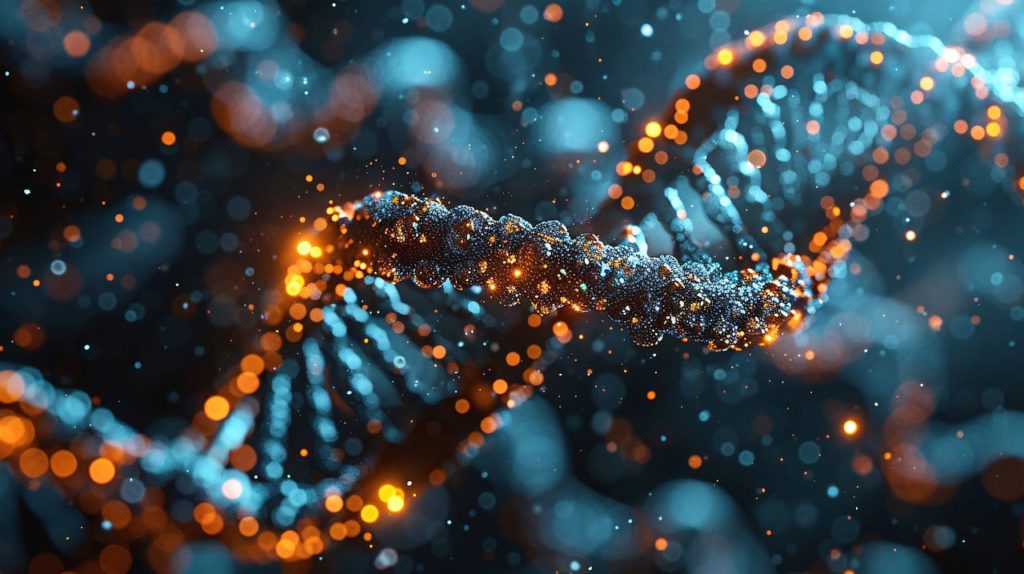Next-Generation Sequencing (NGS) is a groundbreaking technology that has revolutionized how we study DNA and genomes. Traditional sequencing methods were slow, often taking years to decode a single genome. In contrast, NGS can sequence millions of DNA fragments at the same time, giving researchers the ability to generate vast amounts of genetic data in just a few days.
But how does NGS work? There are several NGS technologies. One of the most widely used is sequencing by synthesis (SBS). Briefly, the process of SBS starts by breaking the DNA of an organism—whether it’s a human, a virus, or a microorganism—into small fragments. These fragments are then copied many times and tagged with fluorescent markers. As these DNA copies are passed through a sequencer, a camera captures the fluorescent signals, reading the genetic “code” one base at a time. Advanced software then assembles these sequences back together to create a complete picture of the genome or the collection of genomes present in a sample.
This powerful tool allows scientists to explore not only human DNA but also the DNA of the microbiome, the vast community of microorganisms that live inside and on our bodies. The ability to quickly and accurately sequence microbial DNA has opened up new possibilities in health research, especially when studying complex diseases like HIV.
At the MISTRAL project, we use the SBS NGS to study the microbiome of people living with HIV. By sequencing the DNA of the bacteria, viruses, and fungi present in the microbiomes of these patients, we can identify which microbes are there and how they interact with each other and the immune system. This data helps us explore how different microbial communities might influence HIV progression, treatment responses, and vaccine effectiveness.
By leveraging the power of NGS, MISTRAL is working to decipher how the microbiome could play a role in HIV pathogenesis and, ultimately, contribute to more effective treatments and cure strategies.


